Have you ever picked up a handmade mug and noticed how it feels different from ordinary cups? Maybe the handle fits perfectly in your hand, or the glaze has tiny, charming imperfections that make it special. This is the beauty of ceramic artware. It is where everyday function meets artistic expression, turning simple objects into pieces that delight the senses. In this guide, we will explore everything you need to know about ceramic artware. By the end, you will understand why ceramic artware is more than just objects. It is a way to bring beauty, craftsmanship, and personality into your daily life.

1. What is ceramic artware?
Ceramic artware refers to clay objects that are both functional and artistically designed. These pieces are fired in a kiln and often used in everyday life, but they also carry aesthetic value. Unlike mass-produced items, each piece of ceramic artware is often one-of-a-kind, with subtle variations in shape, texture, or glaze that reflect the maker’s personal touch.
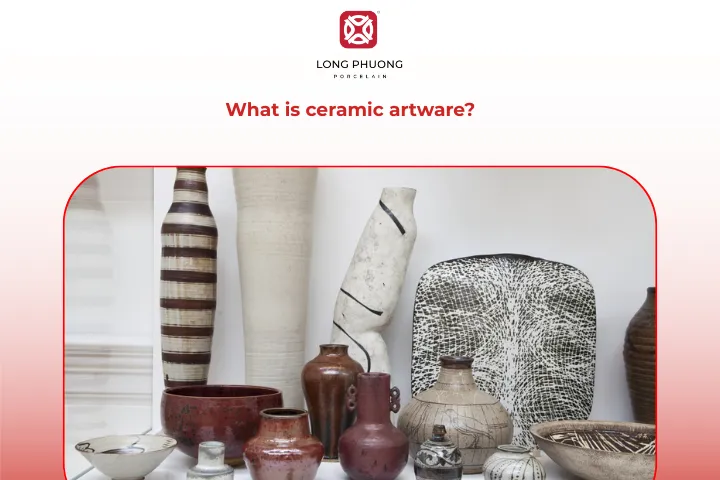
2. The history of ceramic artware
Ceramic artware has a story that stretches back thousands of years. Ancient civilizations across the world used clay to create functional objects like pots, bowls, and storage jars. Early ceramics were primarily practical, but even then, makers often added decorative touches, showing that humans have always sought beauty in everyday objects.
As time went on, different cultures developed unique styles. In China, porcelain became highly prized for its elegance and translucence. In Japan, the wabi-sabi aesthetic celebrated natural imperfections and simple forms. In Europe, studios and workshops experimented with glazes and forms, turning utilitarian objects into decorative art.
The industrial revolution changed the game, bringing mass-produced tableware to the public. While this made ceramics more accessible, it also created a divide between functional pieces and artistic creations. In response, the studio ceramics movement emerged in the 20th century, emphasizing craftsmanship, individuality, and the personal expression of the maker.
Today, ceramic artware exists at the intersection of utility and artistry. It continues to honor traditional techniques while allowing modern designers and hobbyists to experiment with new forms, glazes, and concepts. Every piece tells a story, connecting centuries of craft with contemporary life.

See more: exploring vietnam’s timeless ceramic heritage and craftsmanship
3. Common materials used in ceramic artware
Ceramic artware comes in different types, each with its own properties and uses. The table below gives a quick overview of the most common materials.
| Material | Key ingredients | Firing method | Characteristics & uses |
| Earthenware | Clay, quartz, feldspar | Not fired to vitrification, porous | Used for vessels, flower pots, pipes, bricks, and building decoration |
| Terracotta | Clay-based (type of earthenware) | Fired body is porous, may be glazed or unglazed | Used in ceramic art, building surfaces, plant pots, and decorative items |
| Stoneware | Stoneware clay or non-refractory fire clay | High temperature firing, nonporous, may be glazed | Dense, hard, scratch-resistant; usually grey or brownish; opaque and partially vitrified; used for durable functional wares |
| Porcelain | Kaolin and other materials | Fired at 1,200–1,400°C; fully vitrified | Tough, strong, translucent, low permeability, resistant to thermal shock and chemicals; used for fine tableware, artware |
| Bone china | Bone ash, feldspathic material, kaolin | Vitrified; translucent due to bone content | High whiteness, translucency, mechanical strength, chip-resistant; often thinner than other porcelain; mainly English origin; used for fine tableware |
Understanding these basic differences helps you choose the right ceramic for your needs, whether for everyday use or decorative purposes.

4. Techniques in ceramic artware
4.1. Handbuilding
Hand-building includes methods like coiling, pinching, and slab construction. This technique allows for more creative freedom and asymmetry, making it ideal for sculptural pieces or organic shapes that do not fit a standard mold.
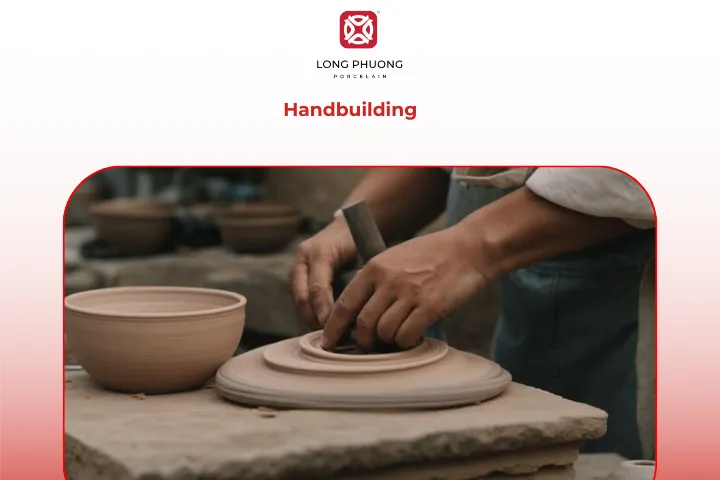
4.2. Wheel throwing
Wheel-throwing is the classic ceramic method where clay is shaped on a spinning wheel. This technique produces symmetrical forms like bowls, mugs, and vases. The lines and curves left by the maker’s hands give each piece a unique signature.
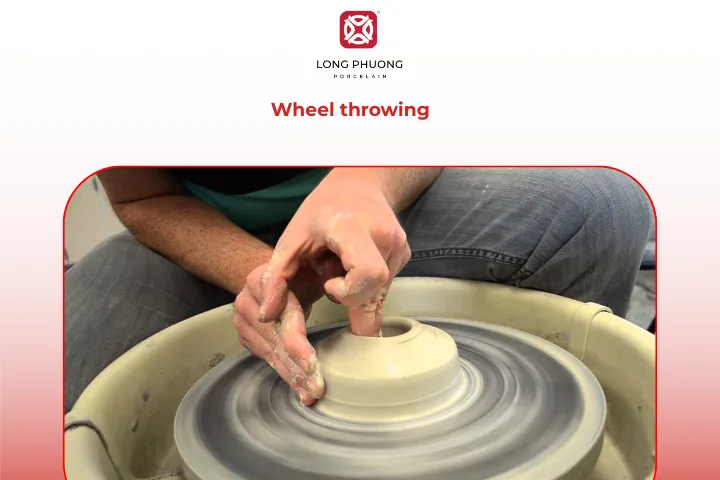
4.3. Slip casting
Slip casting, a more industrial method, involves pouring liquid clay into a plaster mold, allowing it to set, and then removing the formed shape. This technique is especially useful for replicating complex designs or consistent shapes in small-batch production.
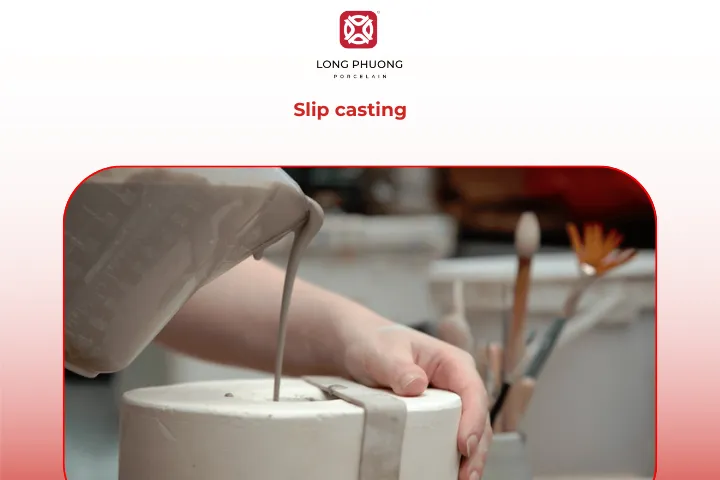
4.4. Sculpting and carving
Ceramic artware goes beyond just vessels. Many artists explore solid or hollow sculptural forms, pushing the boundaries of shape and structure. They often add intricate details by carving patterns or images directly into the clay, turning each piece into a unique work of art.
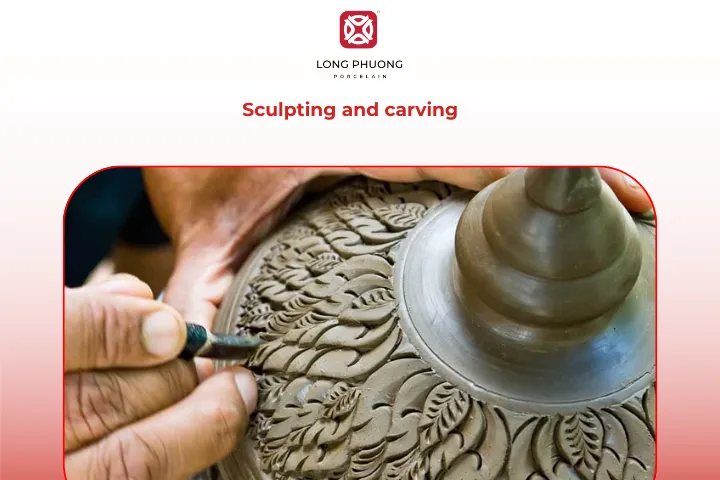
4.5. Firing
Firing transforms clay into a durable ceramic. Different kilns and firing techniques create unique effects. Electric, gas, and wood-fired kilns each leave their mark on the final piece. Temperature, atmosphere, and firing speed can affect the color, texture, and strength of the ceramic.
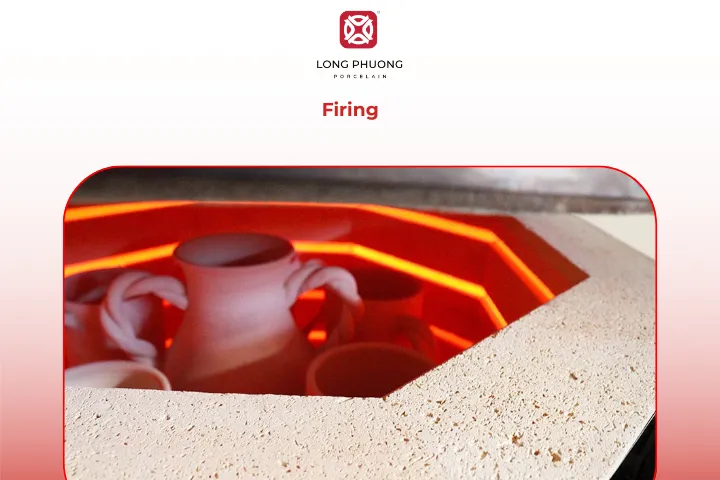
Each of these processes allows the maker to add personality and artistry. Understanding these techniques helps you appreciate the craftsmanship behind each piece of ceramic artware.
See more: ceramic processing explained: from raw clay to finished product
5. Styles and cultural variations in ceramic artware
5.1. Asian ceramic artware
Chinese porcelain, Japanese Raku pottery, and Korean celadon represent some of the most respected ceramic traditions, each with its own distinct aesthetics and philosophy.
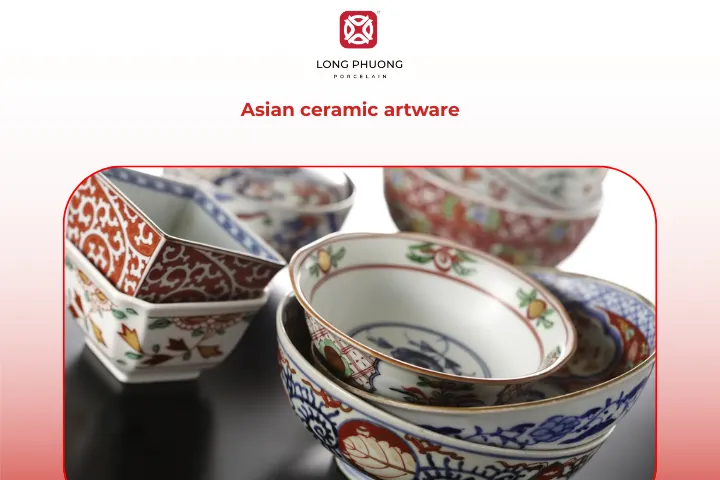
5.2. European ceramic artware
From Delftware to Staffordshire ceramics, European ceramics combine practicality with refined decorative appeal. During the Renaissance and Baroque periods, ceramics were often adorned with intricate hand-painted designs.
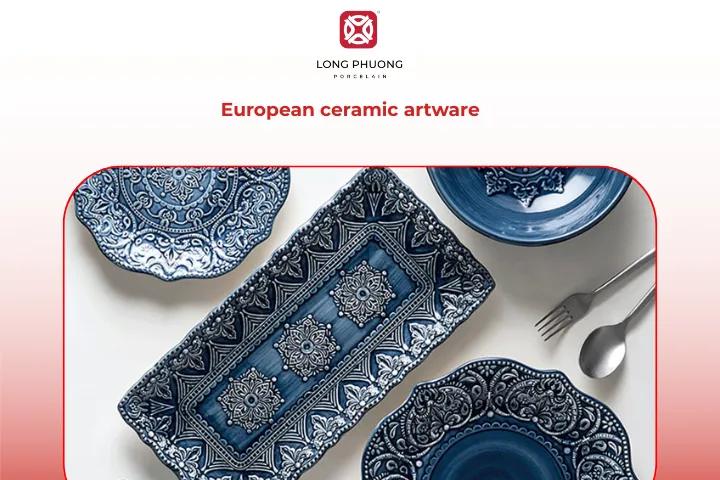
5.3. African and Middle Eastern ceramic artware
African ceramics are known for their textured surfaces and symbolic patterns, while Middle Eastern pottery is celebrated for its detailed geometric designs and rich blue and turquoise glazes.

5.4. Contemporary ceramic artware
Modern artists are expanding the possibilities of ceramics by integrating mixed media, installation art, and abstract sculpture. Prominent ceramists such as Grayson Perry and Betty Woodman showcase how the medium continues to evolve.

6. How to appreciate and collect ceramic artware
6.1. Evaluating craftsmanship
When assessing a piece, look closely at its shape, symmetry, surface texture, and the quality of the glaze. Handmade imperfections can add charm and character, making each item unique. However, visible flaws or uneven construction that affect function may lower the piece’s value. Developing an eye for craftsmanship helps you identify true artistry.
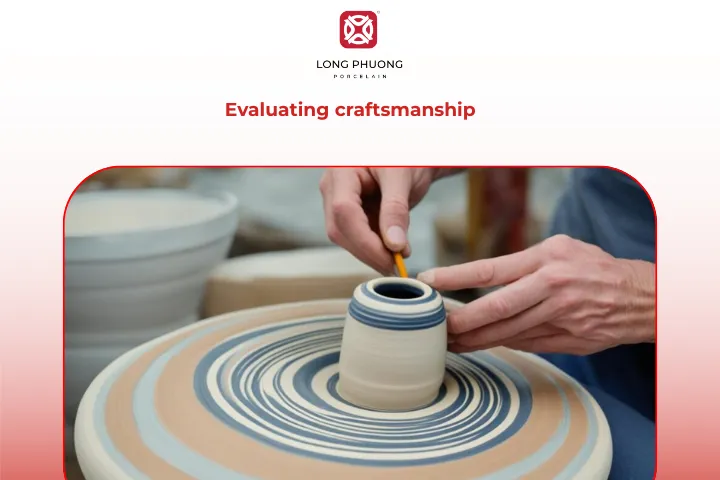
6.2. Recognizing historical significance
Antique or studio ceramics often carry marks, stamps, or signatures indicating their origin, artist, or workshop. These details provide insight into the piece’s history and can greatly increase its collectible value. Understanding the historical context and the reputation of the maker is essential for serious collectors who want to appreciate both beauty and heritage.
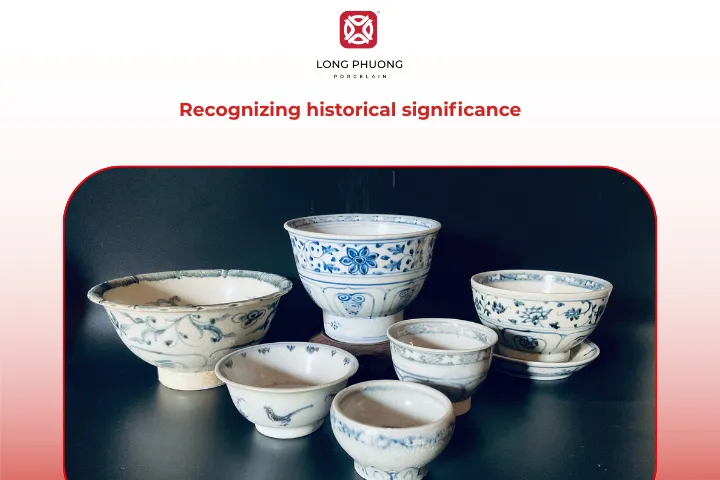
6.3. Display and care
Ceramic artware can be fragile, so displaying it securely is crucial. Place pieces on stable surfaces away from edges and high-traffic areas. Regular, gentle cleaning preserves the glaze and surface details, while avoiding harsh chemicals or abrasive tools. Proper display and care ensure your collection remains both beautiful and functional for years to come.
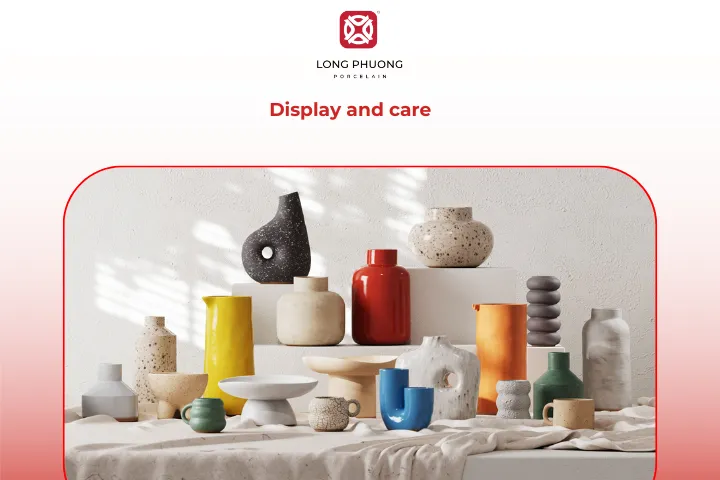
7. The most popular artistic ceramic items for 2025
7.1. Ceramic mugs and teacups
Ceramic mugs and teacups remain highly popular in 2025. Their unique glazes, organic shapes, and hand-thrown forms make each piece one-of-a-kind. These items are perfect for daily use or gifting, allowing people to enjoy functional art in their everyday routines.


7.2. Ceramic vases and planters
Ceramic vases and planters are trending as statement decor pieces. Bold shapes and textured surfaces transform them into focal points in any room. They blend artistry with function, making them both decorative and practical for plants or floral arrangements.
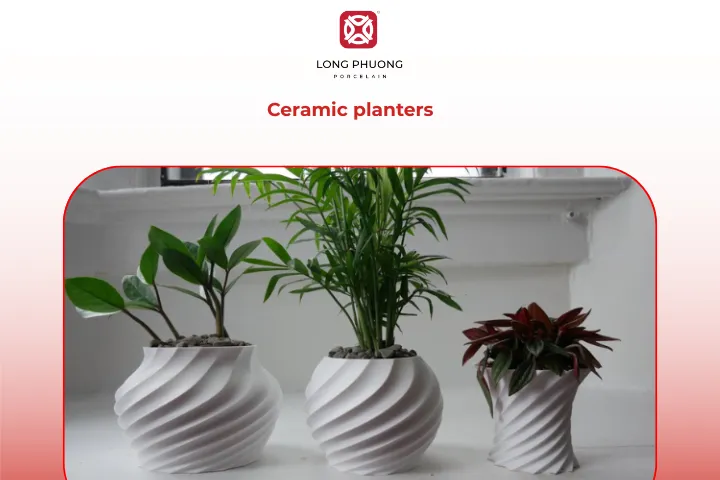
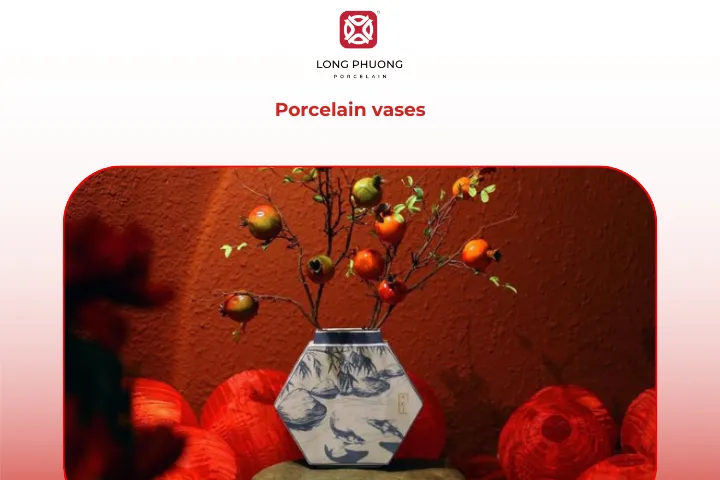
7.3. Ceramic bowls and plates
Bowls and plates with reactive glazes or textured surfaces are popular for serving and display. Asymmetrical designs and vibrant finishes add personality to dining tables, turning everyday meals into visually engaging experiences.
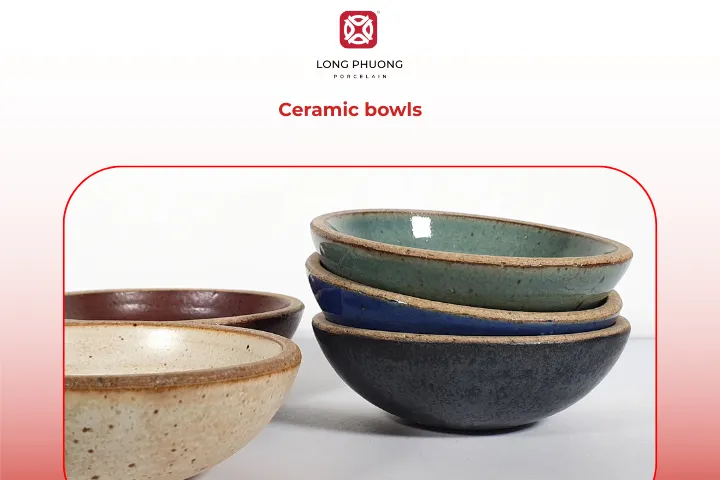
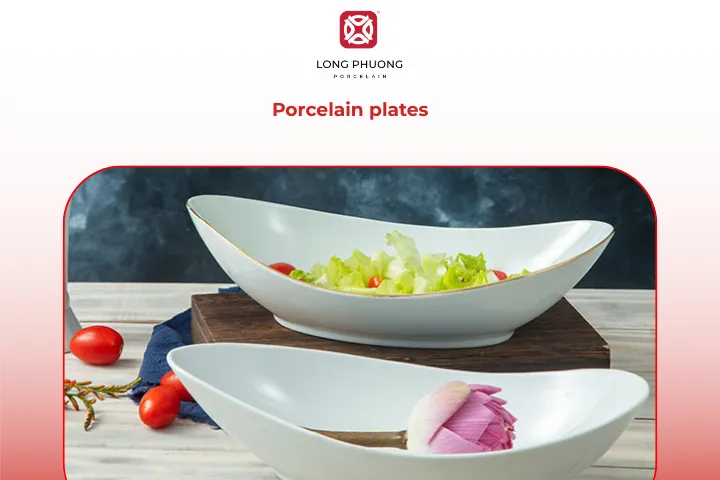
7.4. Small ceramic figurines
Small ceramic figurines continue to attract enthusiasts in 2025. These pieces highlight craftsmanship, artistry, and creativity, making them highly desirable for collectors who appreciate unique and artistic ceramics.
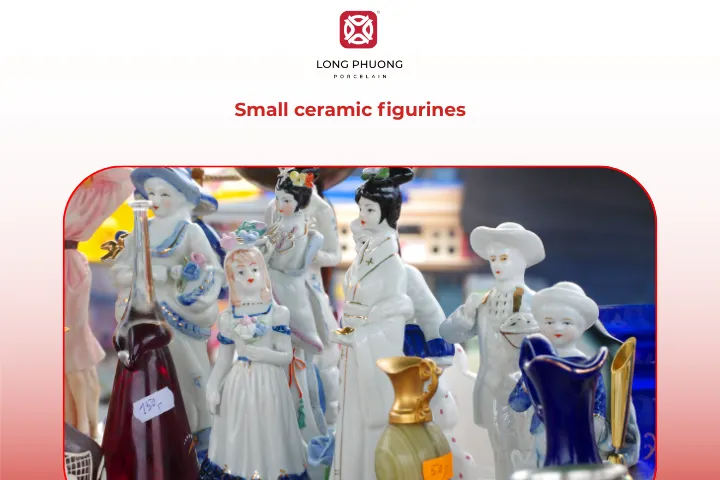
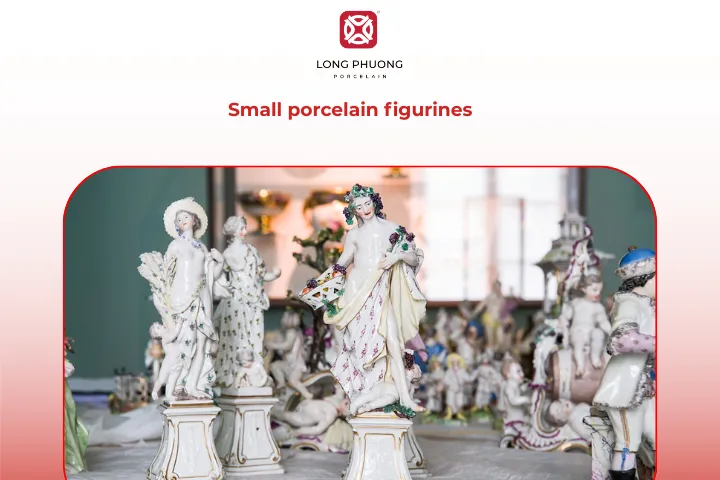
7.5. Ceramic tableware sets
Coordinated tableware sets with distinctive finishes or patterns are also trending. These sets are functional yet visually striking, appealing to those who want both elegance and individuality in their kitchen or dining space.
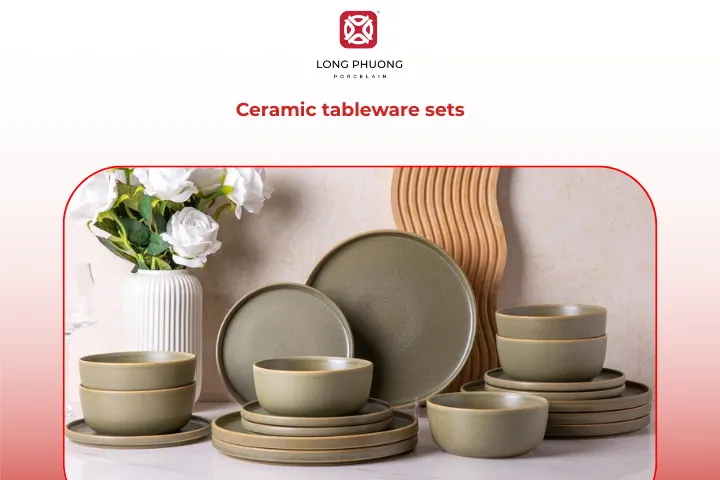
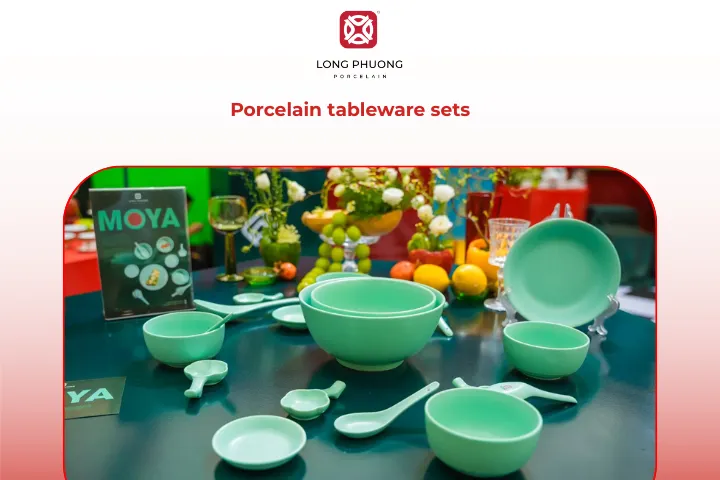
8. Long Phuong Porcelain – A trusted source for porcelain
When it comes to high-quality porcelain, Long Phuong Porcelain stands out as a trusted and reputable source. Known for combining traditional craftsmanship with modern design, Long Phuong offers a wide range of products, from elegant porcelain tableware to decorative porcelain artware. Our pieces are renowned for durability, refined glazes, and consistent quality, making them ideal for both everyday use and special occasions.

Long Phuong also emphasizes customization and innovation, allowing clients to choose unique designs or personalized patterns. Whether you are a home enthusiast, a collector, or a business looking for premium tableware, Long Phuong Porcelain provides reliable products that marry artistry with practicality. Their commitment to quality and craftsmanship ensures that every piece meets the highest standards in porcelain production.
Related Posts
CEO of Long Phuong Group Joint Stock Company, with more than 20 years of exploration and research to obtain the best formulas and professional experience, Long Phuong Porcelain has produced more than 400 designs of all kinds of household porcelain, Significant contributions to Vietnam's ceramic industry.
 Vietnam
Vietnam
